KitchenAid 27 cu. ft. French Door Refrigerator in PrintShield Stainless with Exterior Ice and Water
Easy-clean PrintShield finish resists smudges and fingerprints. ExtendFresh temperature management system for fresh & frozen food. Pull out tray designed to hold platters when entertaining.
This 26.8 cu. ft. French door refrigerator helps fresh produce stay that way with the ExtendFresh Temperature Management System. A pull-out tray accommodates large platters with ease, while a FreshChill Temperature-Controlled Full-Width Pantry lets you optimize temperature and airflow for the specific food you’re storing. The refined interior design features LED lighting, and metallic accents add a touch of elegance.
- Extend Fresh Temperature Management System for fresh and frozen food separately monitors the temperatures in the refrigerator and freezer through a sensor located in each, to help ensure fresh fruit juices don’t become frozen and prawns avoid freezer burn
- Pull out tray provides an ideal space to store large platters of appetizers and then access them with ease to keep you in the creative flow, it resists moisture and stains, and is removable for easy cleanup
- FreshChill Temperature-Controlled Full-Width Pantry provides a manual temperature setting that lets you maintain the freshness of ingredients as varied as a whole salmon or large eggplants, it gives you total control over of the amount of cool air that enters the drawer
- In-door-ice system adds interior room in the refrigerator with an ice bin that mounts on the inside left door to allow for extra space on the shelves
- Freezer drawer with tiers, dividers and areas for small items allows you to organize frozen items on two levels, making them easier to access, it includes storage dividers in the lower basket to help keep smaller items easy to find, so it’s easy to keep the lamb chops separate from the pork chops
- Metallic accents on shelf trim are applied to the leading edges of the refrigerator shelves, these rich accents complement the gloss finish of the interior, to make finding your ingredients as much of a pleasure as using them
- SatinGlide crisper and pantry drawers enable the crisper and pantry drawers to open and close with exceptional smoothness, the glides allow effortless movement, even when a drawer is fully loaded with melons or squash
- Humidity Controlled Crisper drawers provide a dedicated storage option with adjustable humidity levels, they let you select the high humidity that keeps romaine crisp, or the arid environment that helps figs and apricots stay fresh
- Measured/Favorite Water Fill with presets and custom settings displays and automatically dispenses water in ounces, cups or liters, you can choose from three programmed settings to pour a measured amount, Plus, two custom presets can be programmed for items you frequently fill like a coffee pot or water bottle
- Exterior Ice and Water Dispenser designed to support food prep provides quick and easy access to chilled water and ice
- STAR-K KOSHER Certification for use on the Jewish Sabbath and other religious holidays
- Slide-away shelf helps maximize the storage space and optimize the organization of your refrigerator, the versatile design lets you retract the front of the shelf to accommodate tall items such as a pitcher of fresh-squeezed juice
- LED lighting in refrigerator and freezer uses less energy than incandescent bulbs, multiple lights are purposefully placed throughout the refrigerator and freezer, making it easy to find items at a glance
- ENERGY STAR
Additional information
| Depth (Excluding Handles) | 33.25 |
|---|---|
| Depth (Including Handles) | 36.63 |
| Depth (Less Door) | 28.88 |
| Depth With Door Open 90 Degrees (In) | 48 |
| Height to Top of Door Hinge (in.) | 69.88 |
| Height to Top of Refrigerator (in.) | 68.63 |
| Product Depth x Height x Width (in.) | 36.63 x 70.13 x 35.69 |
| Refrigerator Width (In.) | 36 |
| Certifications and Listings | AHAM Certified,UL Listed |
| Manufacturer Warranty | 1 year limited |
27 may refer to:
- 27 (number), the natural number following 26 and preceding 28
- one of the years 27 BC, AD 27, 1927, 2027
A door is a hinged or otherwise movable barrier that allows ingress (entry) into and egress (exit) from an enclosure. The created opening in the wall is a doorway or portal. A door's essential and primary purpose is to provide security by controlling access to the doorway (portal). Conventionally, it is a panel that fits into the doorway of a building, room, or vehicle. Doors are generally made of a material suited to the door's task. They are commonly attached by hinges, but can move by other means, such as slides or counterbalancing.
The door may be able to move in various ways (at angles away from the doorway/portal, by sliding on a plane parallel to the frame, by folding in angles on a parallel plane, or by spinning along an axis at the center of the frame) to allow or prevent ingress or egress. In most cases, a door's interior matches its exterior side. But in other cases (e.g., a vehicle door) the two sides are radically different.
Many doors incorporate locking mechanisms to ensure that only some people can open them (such as with a key). Doors may have devices such as knockers or doorbells by which people outside announce their presence. (In some countries, such as Brazil, it is customary to clap from the sidewalk to announce one's presence.) Apart from providing access into and out of a space, doors may have the secondary functions of ensuring privacy by preventing unwanted attention from outsiders, of separating areas with different functions, of allowing light to pass into and out of a space, of controlling ventilation or air drafts so that interiors may be more effectively heated or cooled, of dampening noise, and of blocking the spread of fire.
Doors can have aesthetic, symbolic, ritualistic purposes. Receiving the key to a door can signify a change in status from outsider to insider. Doors and doorways frequently appear in literature and the arts with metaphorical or allegorical import as a portent of change.
French may refer to:
- Something of, from, or related to France
- French language, which originated in France
- French people, a nation and ethnic group
- French cuisine, cooking traditions and practices
Ice is water that is frozen into a solid state, typically forming at or below temperatures of 0 °C, 32 °F, or 273.15 K. As a naturally occurring crystalline inorganic solid with an ordered structure, ice is considered to be a mineral. Depending on the presence of impurities such as particles of soil or bubbles of air, it can appear transparent or a more or less opaque bluish-white color.
Ice exhibits at least nineteen phases (packing geometries), depending on temperature and pressure. When water is cooled rapidly (quenching), up to three types of amorphous ice can form depending on its history of pressure and temperature. When cooled slowly, correlated proton tunneling occurs below −253.15 °C (20 K, −423.67 °F) giving rise to macroscopic quantum phenomena. In the Solar System, ice occurs naturally from as close to the Sun as Mercury to as far away as the Oort cloud objects. Beyond the Solar System, it occurs as interstellar ice, which is overwhelmingly amorphous. Yet, virtually all of the ice on Earth is of a hexagonal crystalline structure denoted as ice Ih (spoken as "ice one h").
The most common phase transition to ice Ih occurs when liquid water is cooled below 0 °C (273.15 K, 32 °F) at standard atmospheric pressure. Ice formed in this way is abundant on the Earth's surface, particularly in the polar regions and above the snow line, where it can aggregate from snow to form glaciers and ice sheets. As snowflakes and hail, ice is a common form of precipitation, and it may also be deposited directly by water vapor as frost. The transition from ice to water is melting and from ice directly to water vapor is sublimation. These processes plays a key role in Earth's water cycle and climate. In the recent decades, ice volume on Earth has been decreasing due to climate change. The largest declines have occurred in the Arctic and in the mountains located outside of the polar regions.
Humans have been using ice for various purposes for thousands of years. Some historic structures designed to hold ice to provide cooling are over 2,000 years old. Before the invention of refrigeration technology, the only way to safely store food without modifying it through preservatives was to use ice. Sufficiently solid surface ice makes waterways accessible to land transport during winter, and dedicated ice roads may be maintained. Ice also plays a major role in winter sports.
KitchenAid is an American home appliance brand owned by Whirlpool Corporation. The company was started in 1919 by The Hobart Manufacturing Company to produce stand mixers; the H-5 is the first model that was introduced. The company faced competition as rivals moved into this emerging market, and introduced its trademarked silhouette in the 1930s with the model "K", the work of designer Egmont Arens. The brand's stand mixers have changed little in design since, and attachments from the model "K" onwards are compatible with the modern machines.
Dishwashers are the second product line to have been introduced, in 1949. A late 1980s promotional campaign on the back of an expansion by retailer Williams Sonoma saw brand awareness double in three years.
A refrigerator, colloquially fridge, is a commercial and home appliance consisting of a thermally insulated compartment and a heat pump (mechanical, electronic or chemical) that transfers heat from its inside to its external environment so that its inside is cooled to a temperature below the room temperature. Refrigeration is an essential food storage technique around the world. The low temperature lowers the reproduction rate of bacteria, so the refrigerator reduces the rate of spoilage. A refrigerator maintains a temperature a few degrees above the freezing point of water. The optimal temperature range for perishable food storage is 3 to 5 °C (37 to 41 °F). A similar device that maintains a temperature below the freezing point of water is called a freezer. The refrigerator replaced the icebox, which had been a common household appliance for almost a century and a half. The United States Food and Drug Administration recommends that the refrigerator be kept at or below 4 °C (40 °F) and that the freezer be regulated at −18 °C (0 °F).
The first cooling systems for food involved ice. Artificial refrigeration began in the mid-1750s, and developed in the early 1800s. In 1834, the first working vapor-compression refrigeration, using the same technology seen in air conditioners, system was built. The first commercial ice-making machine was invented in 1854. In 1913, refrigerators for home use were invented. In 1923 Frigidaire introduced the first self-contained unit. The introduction of Freon in the 1920s expanded the refrigerator market during the 1930s. Home freezers as separate compartments (larger than necessary just for ice cubes) were introduced in 1940. Frozen foods, previously a luxury item, became commonplace.
Freezer units are used in households as well as in industry and commerce. Commercial refrigerator and freezer units were in use for almost 40 years prior to the common home models. The freezer-over-refrigerator style had been the basic style since the 1940s, until modern, side-by-side refrigerators broke the trend. A vapor compression cycle is used in most household refrigerators, refrigerator–freezers and freezers. Newer refrigerators may include automatic defrosting, chilled water, and ice from a dispenser in the door.
Domestic refrigerators and freezers for food storage are made in a range of sizes. Among the smallest are Peltier-type refrigerators designed to chill beverages. A large domestic refrigerator stands as tall as a person and may be about one metre (3 ft 3 in) wide with a capacity of 0.6 m3 (21 cu ft). Refrigerators and freezers may be free standing, or built into a kitchen. The refrigerator allows the modern household to keep food fresh for longer than before. Freezers allow people to buy perishable food in bulk and eat it at leisure, and make bulk purchases.
Stainless may refer to:
- Cleanliness, or the quality of being clean
- Stainless steel, a corrosion-resistant metal alloy
- Stainless Games, a British video game developer
- Stainless Broadcasting Company, a TV broadcaster based in Michigan, US
- Stainless Banner, the second national flag of the Confederate States of America
Water is an inorganic compound with the chemical formula H2O. It is a transparent, tasteless, odorless, and nearly colorless chemical substance, and it is the main constituent of Earth's hydrosphere and the fluids of all known living organisms (in which it acts as a solvent). It is vital for all known forms of life, despite not providing food energy or organic micronutrients. Its chemical formula, H2O, indicates that each of its molecules contains one oxygen and two hydrogen atoms, connected by covalent bonds. The hydrogen atoms are attached to the oxygen atom at an angle of 104.45°. In liquid form, H2O is also called "Water" at standard temperature and pressure.
Because Earth's environment is relatively close to water's triple point, water exists on Earth as a solid, a liquid, and a gas. It forms precipitation in the form of rain and aerosols in the form of fog. Clouds consist of suspended droplets of water and ice, its solid state. When finely divided, crystalline ice may precipitate in the form of snow. The gaseous state of water is steam or water vapor.
Water covers about 71% of the Earth's surface, with seas and oceans making up most of the water volume (about 96.5%). Small portions of water occur as groundwater (1.7%), in the glaciers and the ice caps of Antarctica and Greenland (1.7%), and in the air as vapor, clouds (consisting of ice and liquid water suspended in air), and precipitation (0.001%). Water moves continually through the water cycle of evaporation, transpiration (evapotranspiration), condensation, precipitation, and runoff, usually reaching the sea.
Water plays an important role in the world economy. Approximately 70% of the fresh water used by humans goes to agriculture. Fishing in salt and fresh water bodies has been, and continues to be, a major source of food for many parts of the world, providing 6.5% of global protein. Much of the long-distance trade of commodities (such as oil, natural gas, and manufactured products) is transported by boats through seas, rivers, lakes, and canals. Large quantities of water, ice, and steam are used for cooling and heating in industry and homes. Water is an excellent solvent for a wide variety of substances, both mineral and organic; as such, it is widely used in industrial processes and in cooking and washing. Water, ice, and snow are also central to many sports and other forms of entertainment, such as swimming, pleasure boating, boat racing, surfing, sport fishing, diving, ice skating, snowboarding, and skiing.
With or WITH may refer to:
- With, a preposition in English
- Carl Johannes With (1877–1923), Danish doctor and arachnologist
- With (character), a character in D. N. Angel
- With (novel), a novel by Donald Harrington
- With (album), a 2014 album by TVXQ
- With (EP), a 2021 EP by Nam Woo-hyun

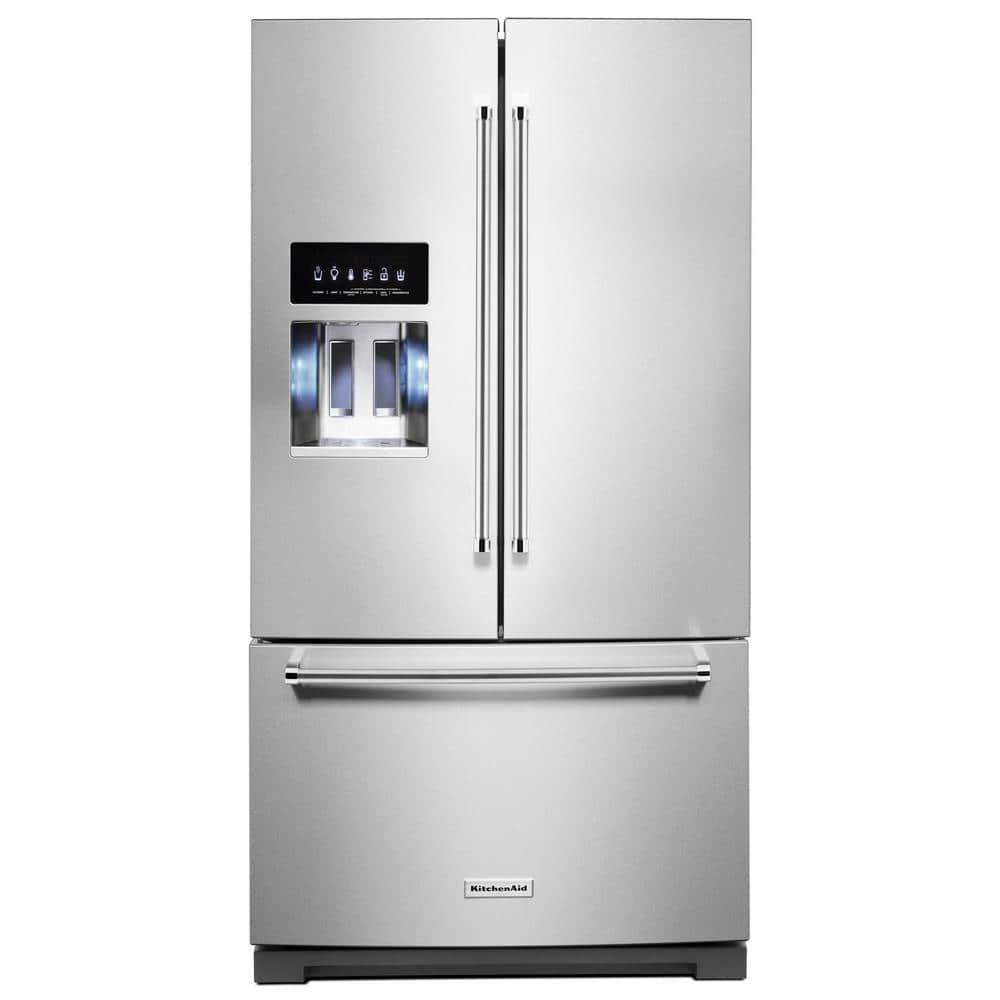
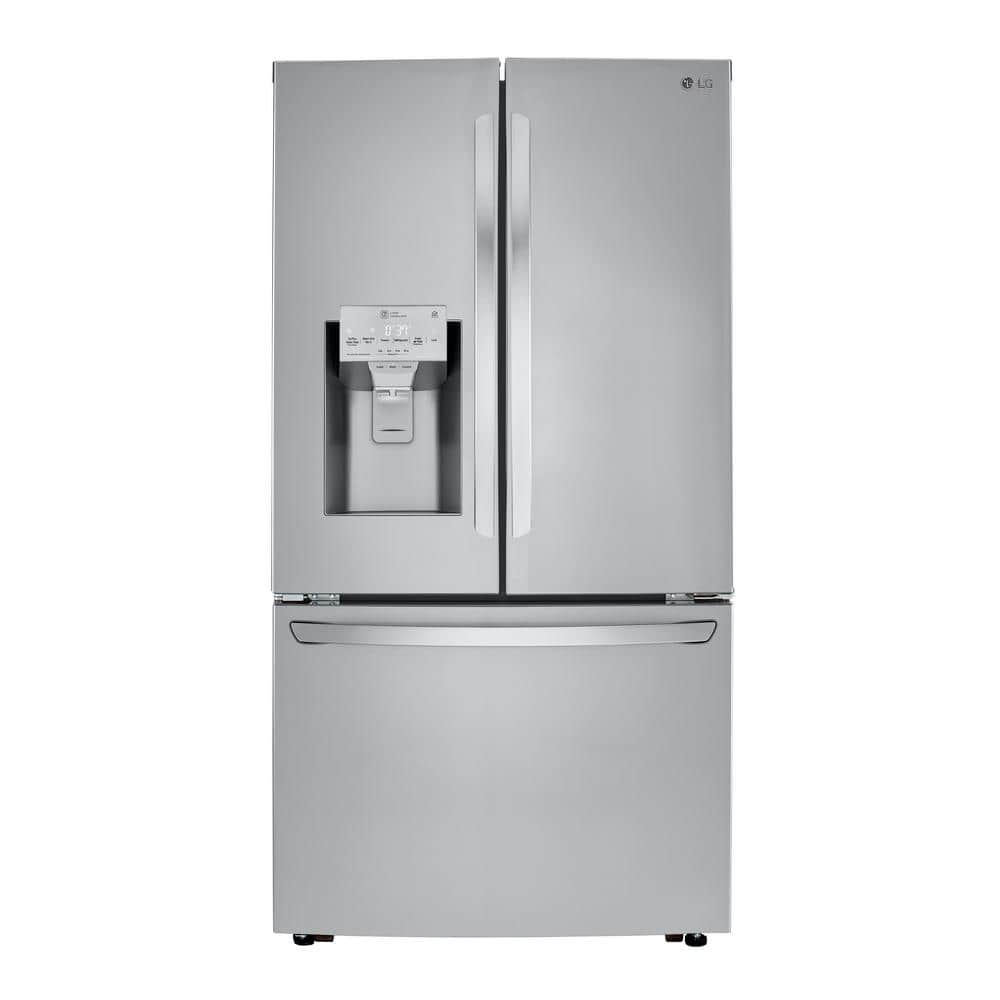
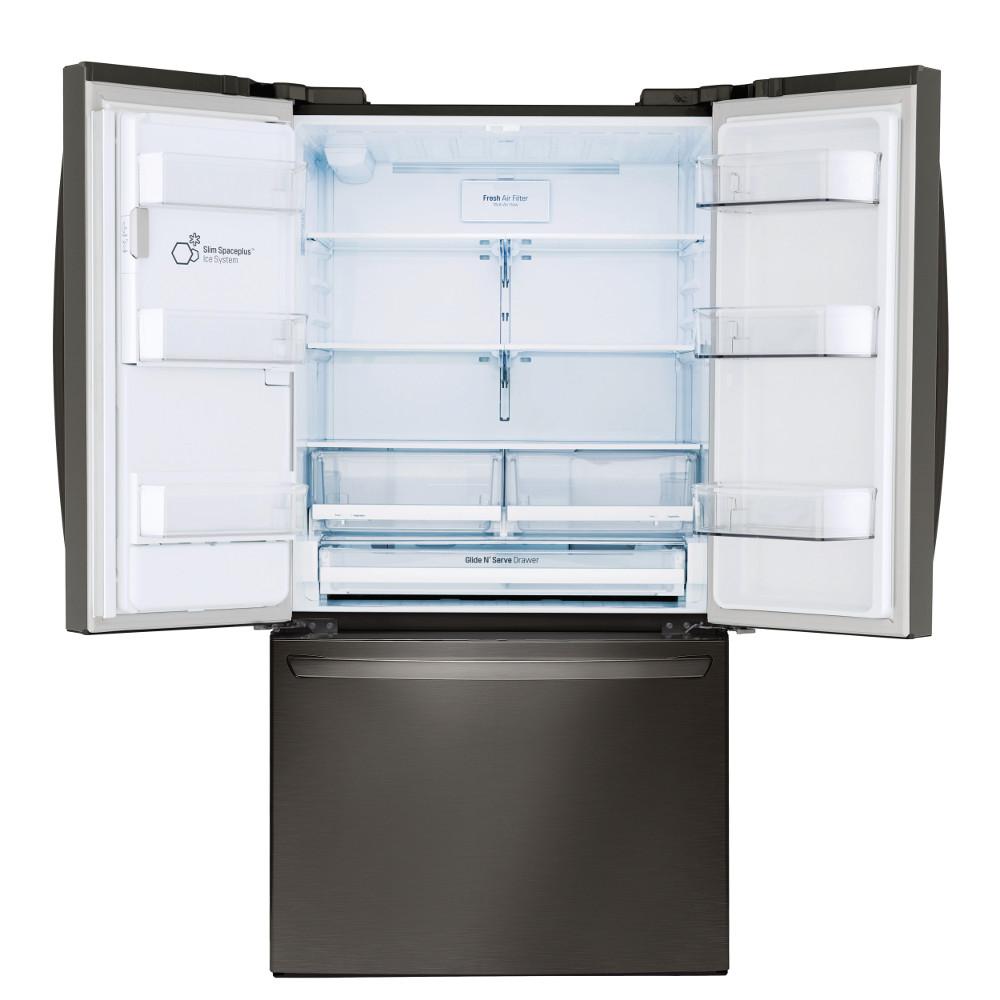
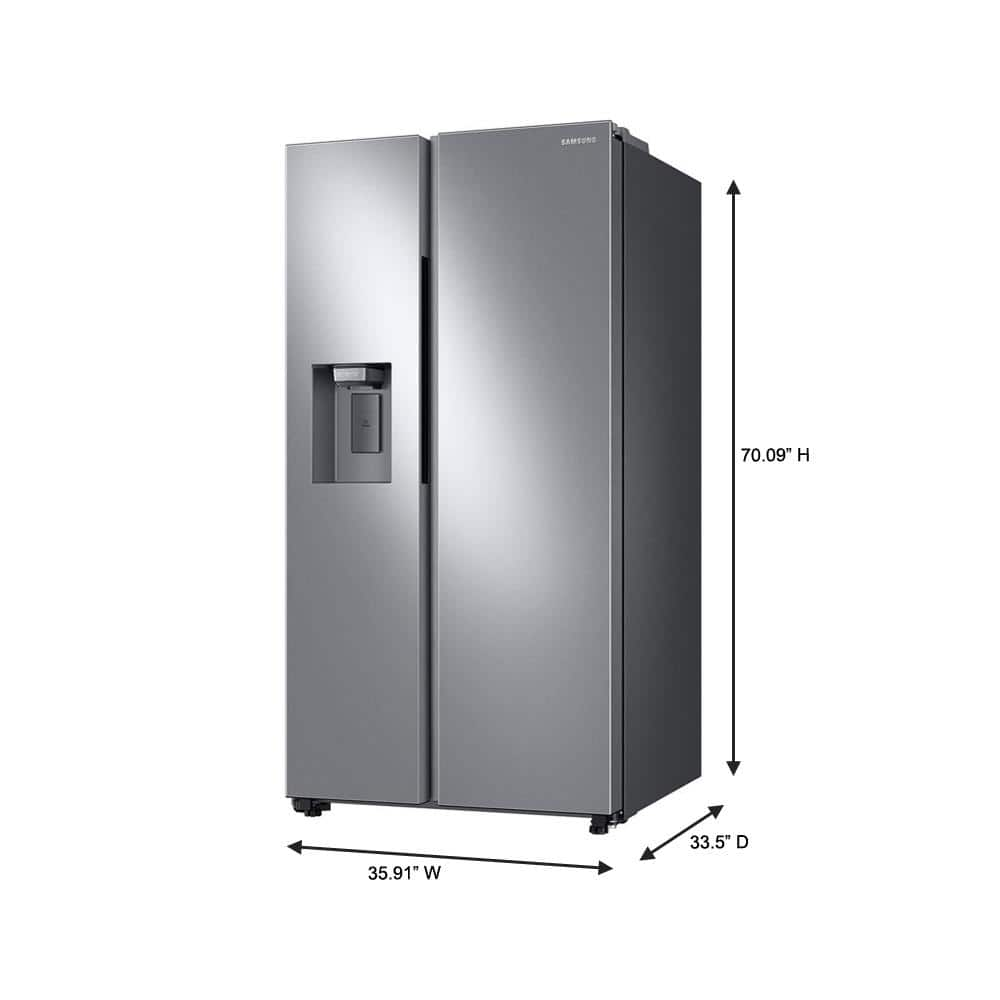
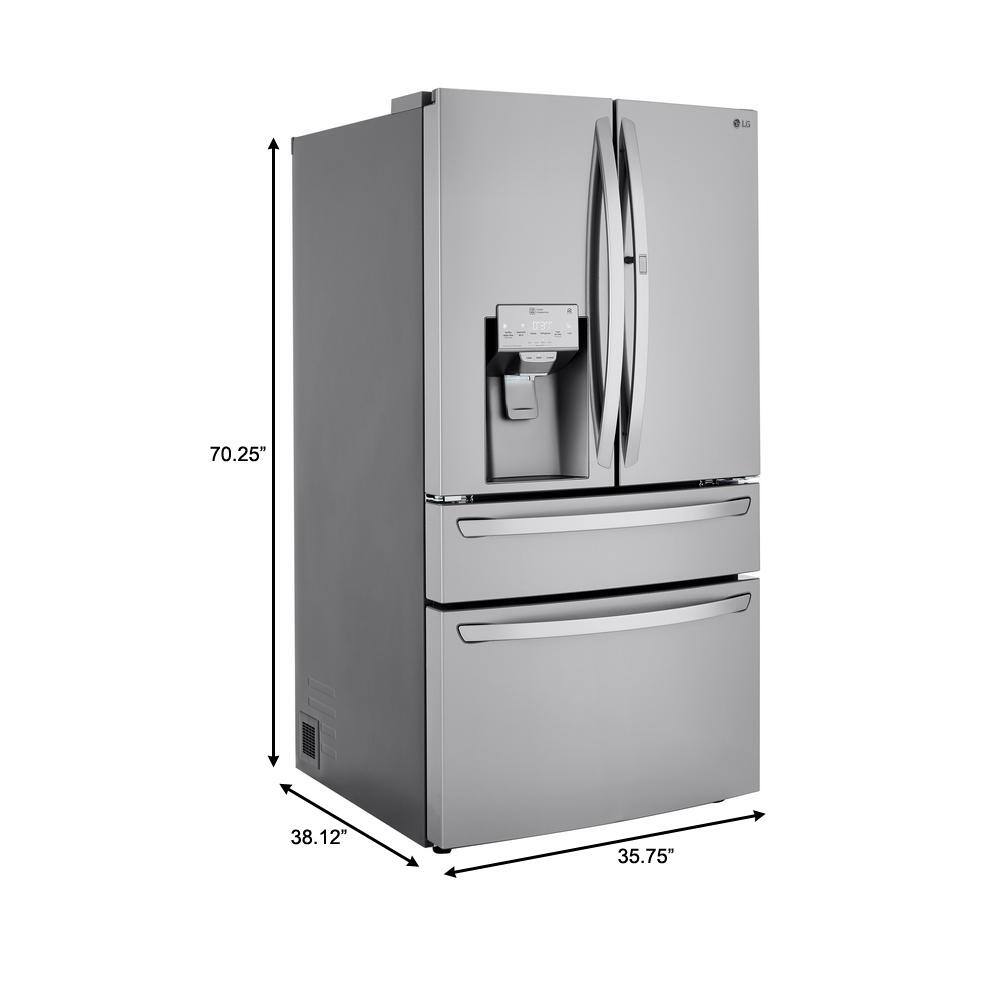
by Mike
After no satisfaction from Samsung got rid of five year old French door fridge. New one is to noisy.
by Pomi
We are very pleased with our new refrigerator to the point of smiling every time we open the door. Perfect size and perfect configuration.
by Scott
The exterior is gorgeous and the interior is so spacious. I love the measured water dispenser option!
by Kimo
This fridge is the best. Smooth closing doors. Great ice and water functions. Great space inside with different ways to configure shelves to accommodate any size bottle you may have.
by Freddy
Didn’t think I’d like the split door, but after two months, love it!
by Blondie
We have had ours for three weeks and we love it. It is solidly built and full of quality features.
by Lee
It’s a beautiful fridge. The only thing we complain about is the ice maker capacity. But everything is perfect.
by Steve
Was fortunate to find this unit in stock. Was delivered a week ago and is performing great. We’re quite happy with it!
by Sawa
I bought this fridge a month ago when my other one died. It’s beautiful and sleek with a high end look to the handles. It’s super quiet and spacious, easy to clean on the interior and exterior. I appreciate that the water and ice dispensers are separate.
by Ron
Finally got it, looks great and big improvement over old fridge plenty of storage both freezer and fridge love it.